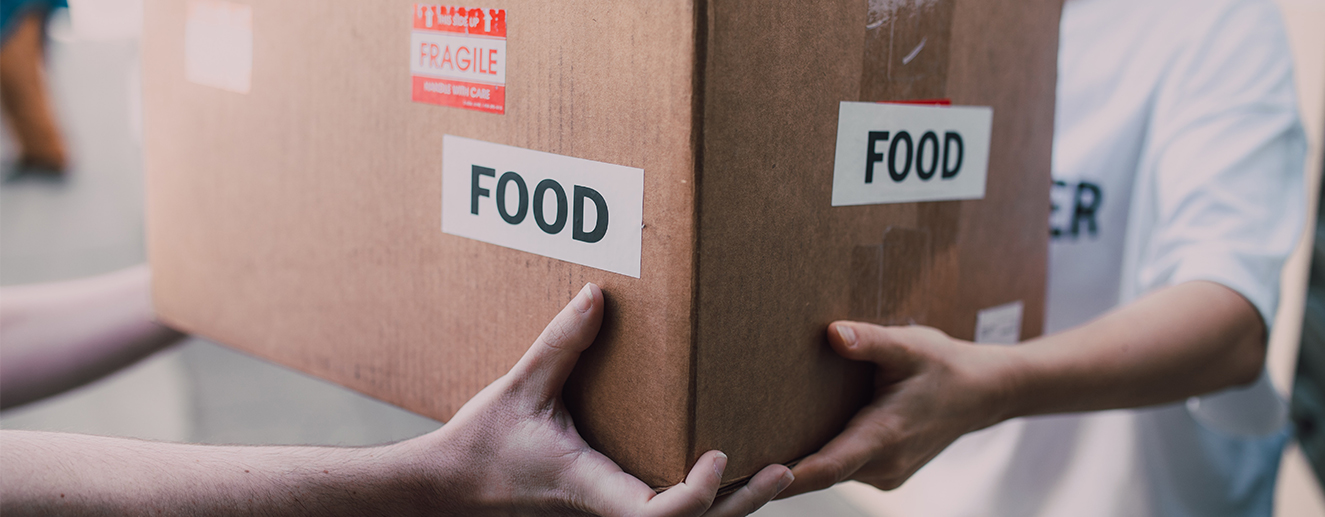Consumer behavior has undergone a rapid change due to the Covid-19 pandemic. As consumers stayed home for the better part of 2020-21, and even beyond, their preferences, habits and expectations changed. Needless to say, like every industry, the food and beverage sector has been affected too. Nowadays, what customers expect from this industry is very different from pre-pandemic times, and these trends are here to stay.
Present challenges faced by the food and beverage industry
Health Concerns
Nowadays, consumers are extremely conscious about what they should eat and what is to be avoided. They are aware of food related disorders too. It has led to the role of food in the day-to-day progressing from beyond taste, to nutrition and wellness.
Manufacturers have been known to add sugar or other sweeteners to products. The alarming incidence of diabetes, obesity, and allergies has led to dairy, gluten, and sugar consumption being vilified. That is why product managers are now focusing on products that don’t contain preservatives and additives.
The real challenge is to create tasty and nutritious alternatives without compromising quality of taste. Cost-effectiveness is also a crucial factor. Another trend on the rise is the demand for organic food due to positive health impact.
Meat Alternatives
A rising percentage of the population is becoming plant-forward, by reducing meat consumption. That is why, the demand for vegetarian and vegan products have gone up. Giants like Sainsbury, Nestle, andAldi are now launching meat alternatives at retail outlets. Main checkpoints include taste, texture, and nutrition. Yet another hurdle here is the time frame. With evolving expectations and demand, consumers and retailers alike are looking for new options.
Sustainability
Did you know 108 billion pounds of food is wasted in the United States every year[1] , according to Feeding America? According to food and beverage market research, it shows that sustainability is one of the critical challenges faced by the industry. It is imperative to streamline the supply chain to reduce waste, while coming up with alternative methods for packaging and energy sources to minimize impact on environment.
Need for Transparency
There are several ethical concerns plaguing the food and beverage industry. That is why consumers wish to be associated with brands that maintain transparency and accountability. International and fragmented supply chains often cause gaps in traceability. Transparency covers a wide range of aspects starting from the source of fresh produce, type of farms, employees, and working conditions, to the type of processing, packaging, and more. Large brands can cover the gaps, but tier two and three brands have a hard time. Thus, it leads to a lack of transparency across the global food supply chain.
What is the role of Connected Logistics in the food and beverage industry?
When it comes to maximizing revenue in the food and beverage industry, it is imperative to maintain a focus on transportation and logistics. Accessing real-time data round-the-clock is crucial, and IoT plays an integral role in optimizing vital logistics and transportation operations. Using Connected Logistics, it is possible to form a centralized network that gives better visibility across the supply chain, helps to capture and share important data, and much more.
Stellar Visibility
Due to end-to-end visibility, small problems can be detected immediately, which allows timely decision-making. It combines an organization’s online presence with the physical stores and enables it to collect and make data available at key points in the supply chain. Using sensor-enabled IoT solutions, the location and speed of vehicles can be monitored at all times. This technology can monitor temperatures and send warnings, thus preventing wastage of perishable/FMCG products.
Asset Management
When it comes to delivering food and beverages on time, Connected Logistics plays an integral role in managing maintenance schedules, daily vehicle usage, and service routes. It helps to minimize fleet downtime, which is possible via IoT-based devices and sensors. Real-time equipment and infrastructure monitoring can be useful for precautionary measures to avoid future risks and revenue leakage arising from perishable/FMCG spoilage. Fleet management becomes easier, safety is enhanced, insurance-related costs are reduced, and the possibilities of damaged inventory decrease.
Smart Warehousing
Storing goods and managing stock levels are very important for FMCG/perishable goods. Connected Logistics supports seamless inventory organization by ensuring clear-cut transparency in several operations. IoT-enabled sensors help to keep tabs on inventory items, along with status and position. It monitors optimum temperature so products don’t get spoiled. If a particular unit has experienced a temperature drop or rise, the sensor sends out a warning right away. Connected logistics helps in smart warehousing to ensure the safe storage of items, which prevents losses.
Completion of Tasks on Time
Connected Logistics helps to identify bottlenecks that could cause the breakdown of assets. Using predictive and condition-based maintenance, it is possible to measure and analyze parameters that define the performance of vehicles. Thus patterns related to breakdown can be predicted. Real-time alert systems can be used to trigger warnings about unexpected malfunctions, which can be avoided via condition-based maintenance. It ensures there are no unprecedented delays in delivery, so customer satisfaction isn’t compromised. Predictive applications help to execute timely delivery operations.
How Anstel Connected Logistics can help?
For any company in the food and beverage industry, timing and efficiency is a must. Managing a facility with products coming in and going out can be a tough task without proper solutions. To streamline processes and increase productivity, Anstel’s Connected Logistics can be of immense help. It provides real-time fleet data and simplifies day-to-day tasks while helping companies boost revenue and cut down costs.
Tracking Inventory
When transporting food and beverage items, especially perishable goods, it is important that deliveries are made on schedule. Using sophisticated tracking technology, fleet managers view the location of vehicles in real-time and see where they have been throughout the day, week, or month. Automated alerts can be set up to send instant notifications when vehicles enter or exit specified locations, with the geofencing feature. Thus, fleet managers can ensure products are being picked up and dropped off without delays.
Monitoring Temperatures
There are several regulations in place when it comes to the safe transportation of perishable items. To ensure food and beverage safety, certain products must be kept in a refrigerated unit at specific temperatures. Anstel’s Connected Logistics solutions can help to monitor temperatures using sensors. If temperatures move outside of a specified range, fleet managers receive an immediate alert.
Remote monitoring is an added advantage during the pandemic, with distancing still being the need of the hour. Thanks to advanced sensors, fleet managers can keep tabs on inventory at all times. They can view a record of temperature readings for a particular time period as well. It helps to reduce product loss and improve shipment quality.
Driver Safety
Driver efficiency and optimized routes are a must to ensure flawless operation of the supply chain. Using real-time information, along with synchronized alerts, fleet managers can keep an eye on driving patterns. Be it harsh braking, rapid acceleration, or any other sign of reckless/aggressive driving, the system triggers a warning right away.
Customer Satisfaction
Supply chain management won’t work without on-time delivery, which negatively impacts customer satisfaction. Monitoring the performance of vehicles in their fleet allows food and beverage companies to identify problems such as common reasons for the breakdown of trucks during deliveries. They are able to predict patterns and make smart decisions regarding maintenance schedules, so customer satisfaction and on-time delivery are never affected.
Food and logistics professionals can improve operational efficiency while boosting revenue and decreasing costs using Anstel’s Connected Logistics solutions. There will be plenty of future advancements when it comes to functionality and features, designed specifically for this industry, thanks to the rapid growth of the telematics industry.

 Global
Global Australia
Australia India
India





hello